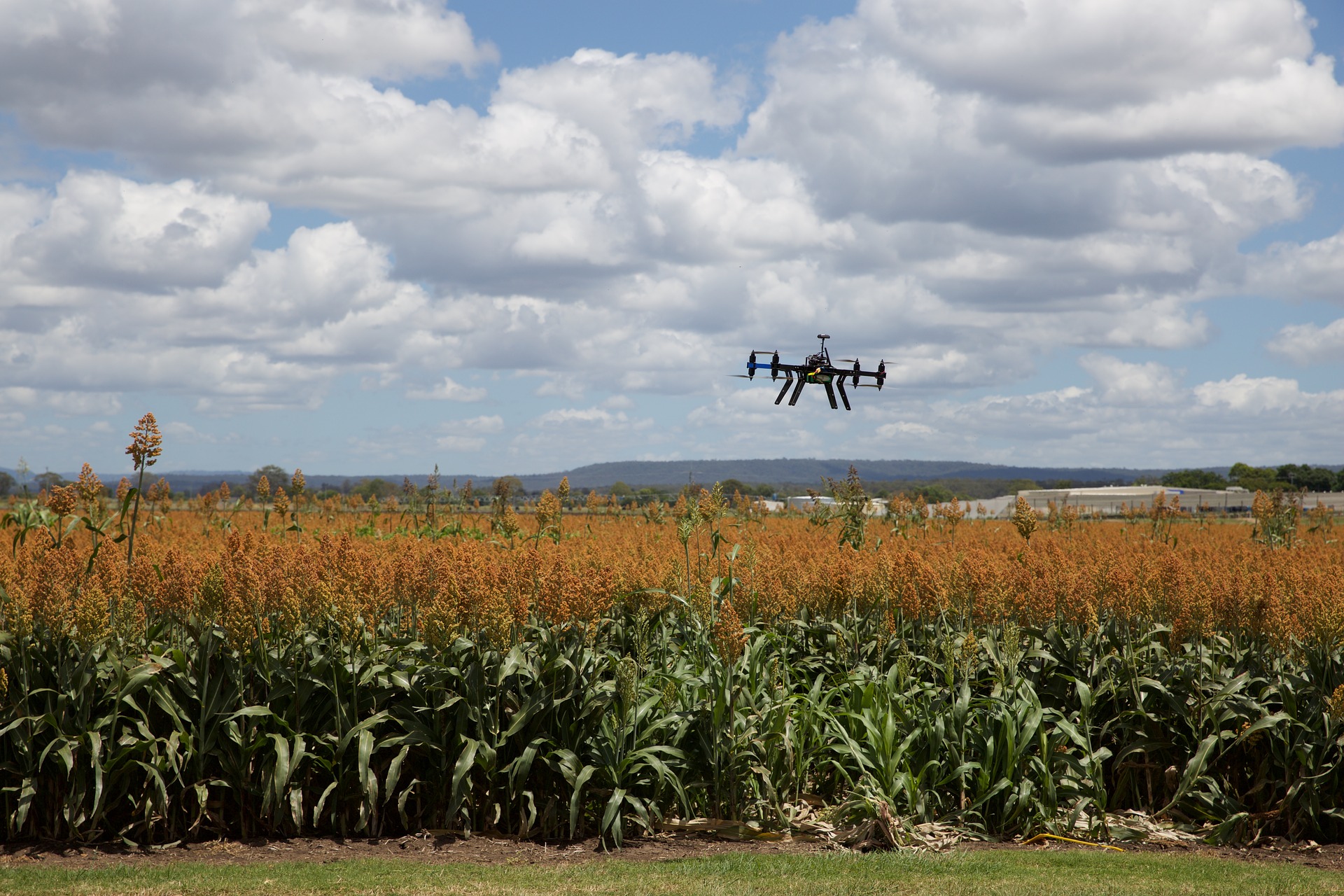Demographic Changes Demand Better Agricultural Processes
The agriculture sector in emerging economies continues to be largely driven by manual operations. In addition, there are challenges in the form of uncertain weather patterns, pest attacks, and volatile prices. Failed crops are not uncommon – events that result in farmers defaulting on loan repayments, further stressing their already precarious conditions.
Besides, plant yields in most emerging economies are significantly lower while large shares of farm produce end up as waste. Is greater automation the answer, or do better solutions rest with big data analyses and AI? What changes must be embraced? A fact often lost in the din is that in most emerging economies, the agriculture sector is a sizeable contributor to annual GDP. But farmers, all too often, receive the short end of the stick.
To address such concerns, Horasis is organising the Horasis Global Meeting on 08 June 2021. The one-day virtual event will see participation spanning members of governments, businesses, academia, and the media. The goal is to deliberate on pressing issues affecting the world, and collectively arrive at sustainable and practical solutions.
Increasing Preference for Urban Dwelling
With the dismal plight of many farming communities, there is often no alternative but to migrate to urban areas. Besides, many in the younger generation are not particularly inclined to agriculture and would rather settle in a town or city, with the hope of also building a secure financial future. According to the Migration Data Portal, a majority of the current global population are now urban dwellers – a trend that will continue to grow.
By 2030, as much as 60 percent of all people will live in urban areas. This will mark a 100 percent increase in rural to urban migration in less than a century; only 30 percent of the global population were urban dwellers in 1950. Meanwhile, the lowest urbanization levels were recorded in Asia at 50 percent, followed by Africa at 43 percent – regions that make up the bulk of emerging economies. In the not-too-distant future, farming communities are going to face a manpower shortage. In the absence of timely countermeasures, this situation could threaten food security.
Food Wastage and Possible Workarounds
Much as manpower shortages are a threat to food security, so too is wastage of farm produce. And this problem is particularly severe in emerging economies, where inefficient supply chains account for as much as 85-90 percent of total wastage. Upstream stages of supply chains need immediate attention – a predicament that stems from factors such as low technology use, scarcity of processing and storage facilities, and inadequate marketing support. Meanwhile, developed economies too witness large scale produce wastage although in this instance, the wastage is mostly seen along the supply chain’s downstream rungs.
The waste produced, however, can be reused productively. It can be upcycled into fertilizers and animal feed – a segment that is expected to record significant gains. In addition, the renewable energy sector also holds immense potential for undoing the shortcomings of supply chain inefficiencies. There is growing interest around food waste management and energy production in North America. And with conscious users increasingly demanding renewable energy, there will be a bevy of startups in the recycling and food waste management segments.
Consumer habits are also undergoing a sea change in terms of information sought. Buyers worldwide are increasingly demanding transparency and data around food production sources and farming practices. In what is commonly known as “farm to fork”, there is also preference for consuming produce that has been certified by food standard regulators. This trend might also see farmers being paid fair prices, without middlemen extracting the bulk of proceeds. In another positive development, farming frameworks are being adopted across most of the world.
Farming of the Future
Farmer dilemmas and supply chain inefficiencies are concerns that must be addressed. Emerging economies are still employing age-old manual practices that are yielding less produce for the land used. There is also the problem of small land holdings, meaning the produce from small areas will simply not sustain the individuals that depend upon it. In this scenario, governments and agriculture industry stakeholders have to embrace high tech farming techniques. Vertical farming and hydroponic practices, for instance, must be embraced to allow higher yields from limited space.
In addition, the roll out of 5G networks holds potential to offer immense benefits to famers worldwide. 5G access will allow IoT devices to collect and analyse vast data sets. This will help identify if a particular area has a receding water table or if another patch is experiencing a pest attack. Technology can alleviate farmers’ woes and offer security to the people who are rarely recognised for the difficult services they render, but for it to be successful there has to be a more concerted public and private effort in that direction.
Photo Caption: Technology can help address problems in the agriculture industry



